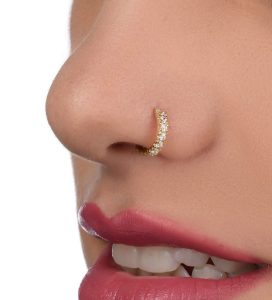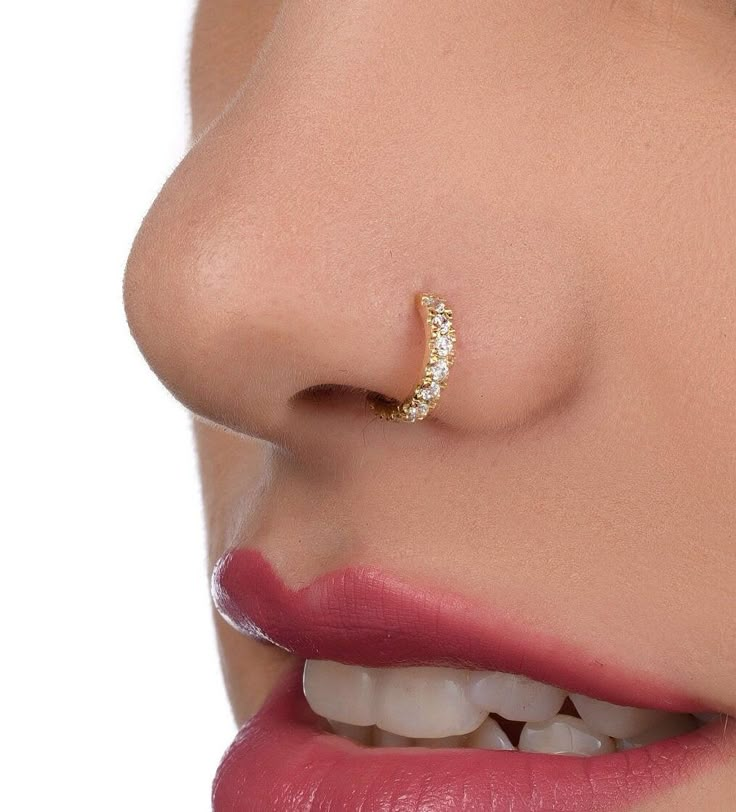1. What Are Dental Bridges?
1.1 Definition and Purpose of Bridges
Dental bridges, commonly used in restorative dentistry, are appliances designed to fill the gaps left by one or more missing teeth. They restore functionality, aesthetics, and maintain the shape of your face. A dental bridge consists of one or more artificial teeth (pontics) that are held in place by dental crowns affixed to the adjacent natural teeth or implants.
This procedure not only enhances your smile but significantly improves bite alignment and allows for better chewing efficiency. For comprehensive insights on dental procedures, including bridges, it’s essential to consult a qualified dental professional.
1.2 Types of Dental Bridges Available
Dental bridges come in various types, tailored to meet the specific needs of patients:
- Traditional Bridges: These are the most common types, featuring a false tooth anchored by crowns on either side. Traditional bridges are suitable when the adjacent natural teeth are healthy and able to support the additional load.
- Maryland Bridges: Known for their minimal invasiveness, Maryland bridges utilize a framework that bonds to the back of adjacent teeth. This option is often preferred when the surrounding teeth do not require crowns.
- Implant-Supported Bridges: This type involves dental implants serving as anchors, providing a robust and stable foundation for the bridge. Ideal for patients missing multiple teeth, implant-supported bridges mimic the functionality of natural teeth.
- Composite Bridges: Made from a combination of resin and dental composite material, these bridges are less common and typically utilized for temporary solutions or in cases with short spans.
1.3 Why Choose a Dental Bridge?
Choosing a dental bridge can be critical for various reasons. Firstly, it restores the aesthetic appeal of your smile, which can dramatically increase your self-confidence. Secondly, dental bridges help to maintain proper bite alignment, preventing remaining teeth from shifting and leading to further dental complications. Lastly, they can protect your remaining teeth from excessive wear and tear, ultimately preserving your dental structure and health in the long run.
2. Benefits of Dental Bridges
2.1 Restoring Functionality and Aesthetics
Dental bridges restore functionality by allowing patients to chew and speak without hindrance. Lost teeth can detrimentally affect your ability to eat your favorite foods, leading to dietary deficiencies. Furthermore, the aesthetics of a complete smile can have profound psychological effects, improving overall confidence and social interactions.
2.2 Preventing Bone Loss and Alignment Issues
One of the most significant benefits of dental bridges is their role in preventing bone loss. When teeth are missing, the jawbone can start to deteriorate over time due to lack of stimulation. Dental bridges act as placeholders, providing the necessary support to prevent this process and maintaining the structural integrity of your jaw.
2.3 The Psychological Impact of a Complete Smile
The psychological benefits of having a complete smile cannot be understated. A full set of teeth contributes to a person’s self-image, positively impacting personal and professional relationships. Studies have shown that individuals with fuller smiles often experience increased self-esteem, which can translate into improved opportunities in both social and career contexts.
3. The Process of Getting a Dental Bridge
3.1 Initial Consultation and Assessment
The journey to obtaining a dental bridge typically begins with a thorough consultation. During this appointment, your dentist will evaluate your oral health, including the condition of adjacent teeth and overall gum health. X-rays may be required to assess the jawbone and nearby structures.
3.2 Steps Involved in the Installation
Once the assessment is complete and a dental bridge is deemed necessary, the following steps will typically occur:
- Preparation: The adjacent teeth are prepared by removing a portion of enamel to allow for dental crowns to fit properly.
- Impressions: Accurate impressions of your teeth and gums will be taken to create a custom-made bridge that fits comfortably and securely.
- Temporary Bridge: In many cases, a temporary bridge will be placed while the permanent one is crafted, protecting the prepared teeth.
- Placement: Once the permanent bridge is ready, it will be placed, ensuring a perfect fit. Adjustments may be made to ensure comfort and esthetics.
- Follow-Up: A follow-up visit may be scheduled to address any adjustments needed to optimize comfort and usability.
3.3 Follow-Up and Maintenance Care
After receiving a dental bridge, maintaining oral hygiene is crucial. Regular brushing, flossing, and dental check-ups will help prolong the life of your bridge. Your dentist may recommend specific cleaning devices or techniques to best care for your bridge and adjacent teeth to avoid plaque buildup and gum disease.
4. Potential Complications and Considerations
4.1 Common Challenges with Dental Bridges
While dental bridges are generally successful, some patients may experience challenges such as sensitivity or discomfort post-placement. In rare cases, the dental bridge may become loose or dislodged, necessitating urgent dental consultation. Additionally, patients with gum disease or inadequate bone density may need preliminary treatments to ensure a successful outcome.
4.2 How to Care for Your Bridge
Care for your dental bridge involves practicing good oral hygiene habits:
- Brush your teeth at least twice a day, focusing on the bridge and surrounding areas to prevent plaque buildup.
- Floss daily, using floss threaders or interdental brushes as needed to clean around the bridge effectively.
- Rinse with an antibacterial mouthwash to help reduce bacteria and maintain gum health.
4.3 When to Consult Your Dentist
Be vigilant for signs that may indicate complications, such as pain, swelling, or the bridge becoming loose. If you notice any of these symptoms, consult your dentist promptly to assess your dental health and determine if adjustments or repairs are required.
5. Cost Insights and Insurance Coverage
5.1 Average Costs of Dental Bridges
The cost of dental bridges can vary widely based on several factors. On average, traditional bridges can range between $2,000 to $5,000, while implant-supported bridges may cost upwards of $15,000 due to the additional surgical procedures involved.
Location, dentist experience, and materials used also play vital roles in pricing.
5.2 Factors Influencing the Cost
Several factors can influence the total cost of obtaining a dental bridge:
- Type of Bridge: The complexity and materials used in the bridge (e.g., porcelain, metal, or a combination) can raise prices.
- Your Dental Insurance: Depending on your policy, part of the cost may be covered, significantly reducing your out-of-pocket expenses.
- Initial Treatments: If preliminary work such as tooth extraction, root canal therapy, or dental implants are required, these will add to the overall cost.
5.3 Understanding Insurance Benefits for Dental Bridges
Many dental insurance plans include provisions for restorative dentistry, including bridges. However, coverage may vary, with some plans covering a percentage of the procedure while others may have specific exclusions or limitations. It’s advisable to review your policy carefully and consult with your dentist’s office to maximize your benefits and understand your financial responsibility.























+ There are no comments
Add yours